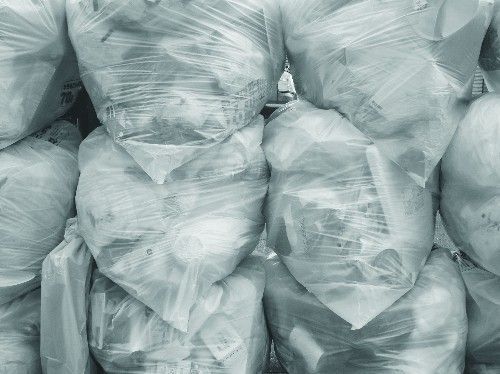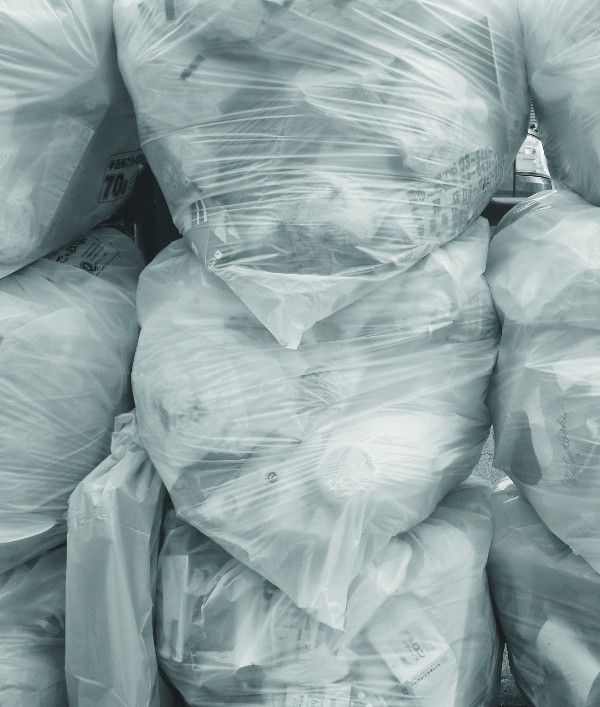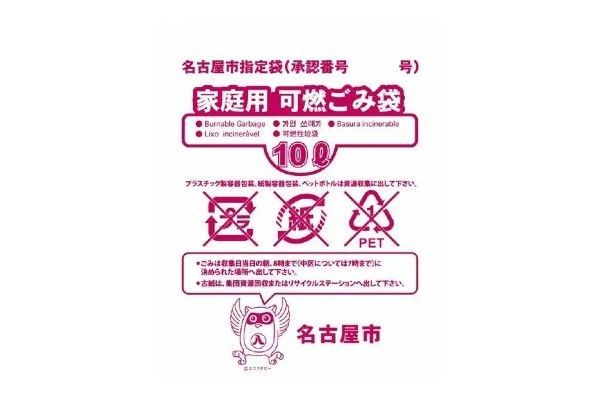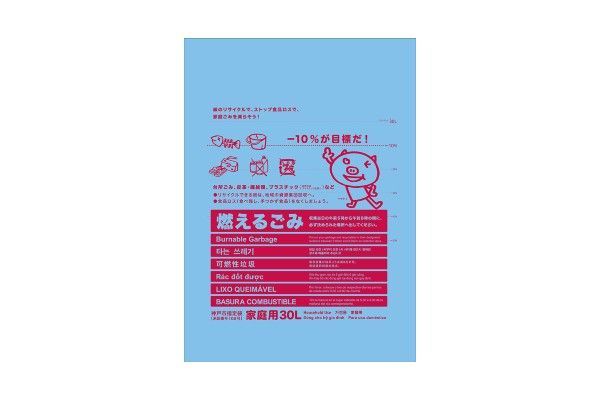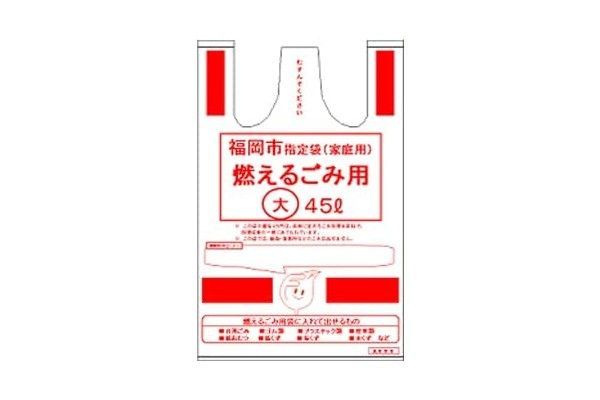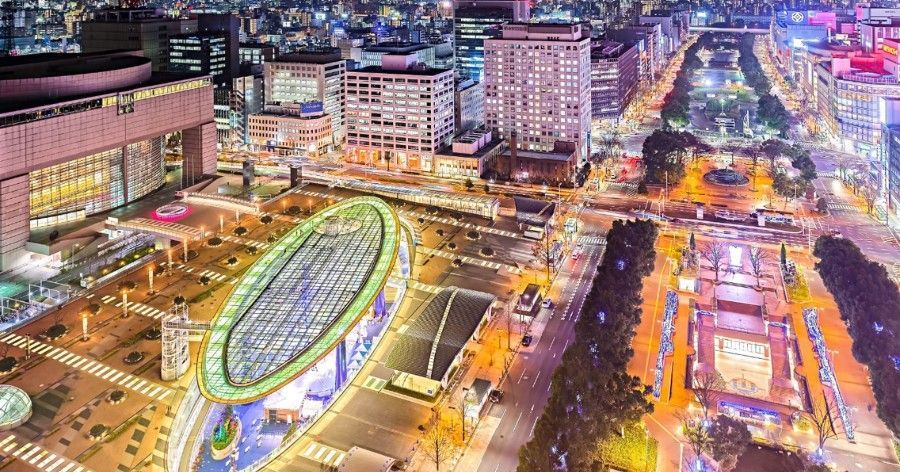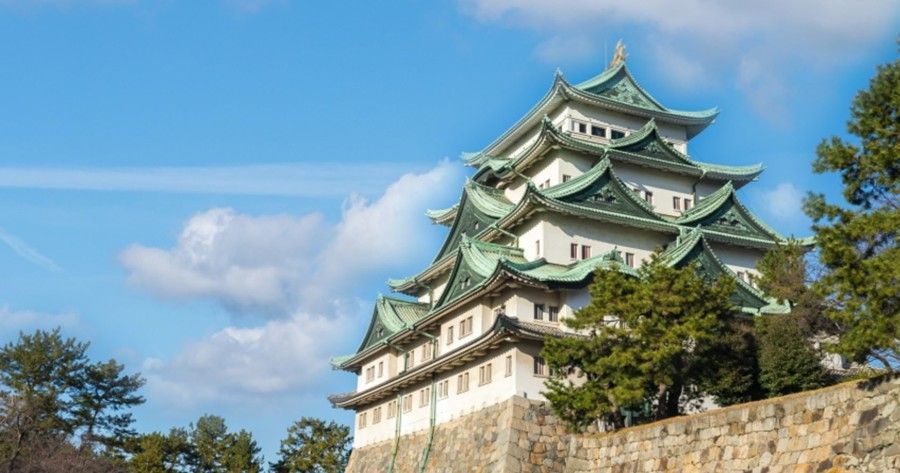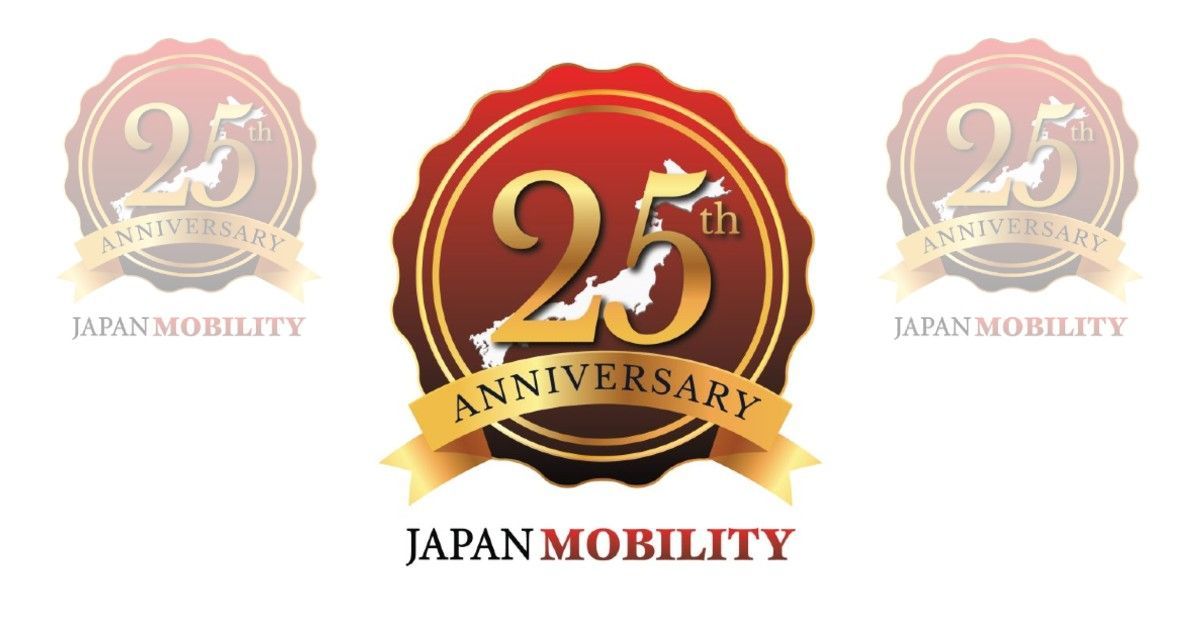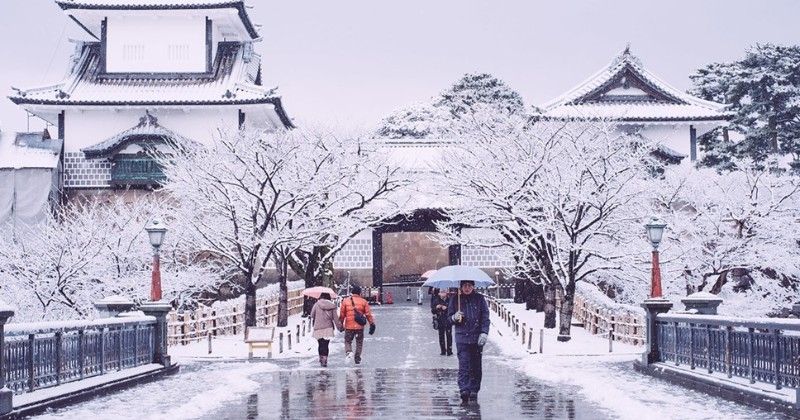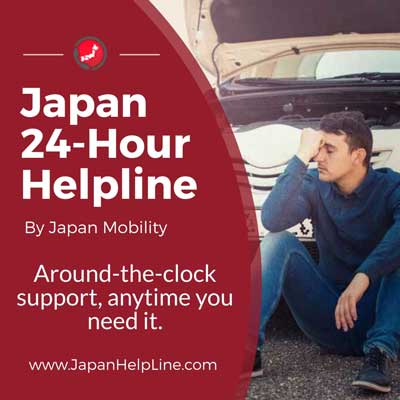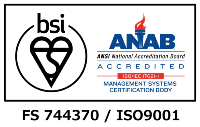What A Load of Rubbish! Part 1: Household Waste
Rubbish is big business in Japan and, operating under the "3R Initiative", there are strict rules that you should play by if you want to perfect your recycling game. With all the plastic that Japan gets through, it’s comforting to an eco-nut like myself that at least they purport to recycle it all. Whether they really do or not is another question, but either way, the rules must be followed!
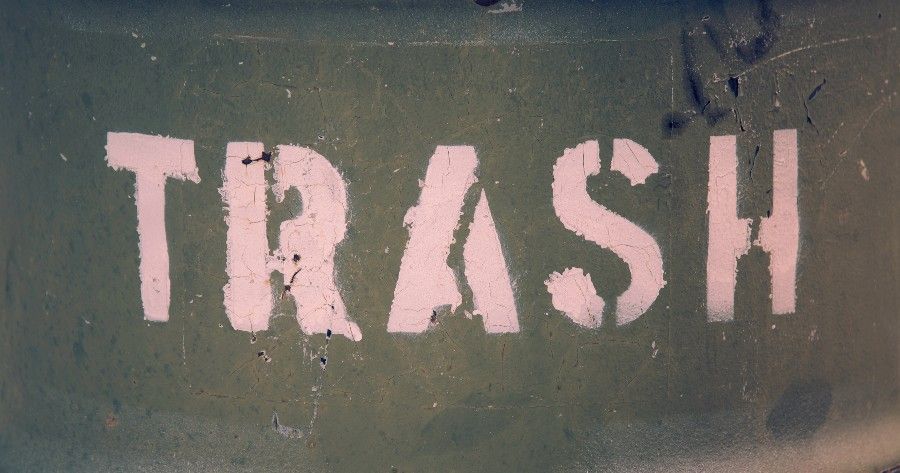
The prospect of having to separate your garbage in nitty gritty detail is likely to worry newcomers to Japan, whose countries may have a slightly more relaxed approach to recycling, or at least what one might consider more consumer-friendly. It might seem daunting at first, but once you get into it, it can quickly become second nature. There's quite a lot to cover, and my attempt to fit it all into one article turned out to be a bit ambitious... so in the bin it went. But it did not go to waste! As with a lot of garbage in Japan, it has been broken down to be recycled and reused into a new form and much more manageable!
So let's get that rubbish conveyor belt running and start with an easy one: burnable garbage.
Burnable Garbage
Although recycling can vary between cities and prefectures, burnable garbage stays fairly consistent throughout Japan. In Japanese it can be called moeru gomi, moyasu gomi, or kanen gomi, depending on the location, but all of these will be understood anywhere in Japan.
Below is an example of what can be thrown out in the burnable garbage.
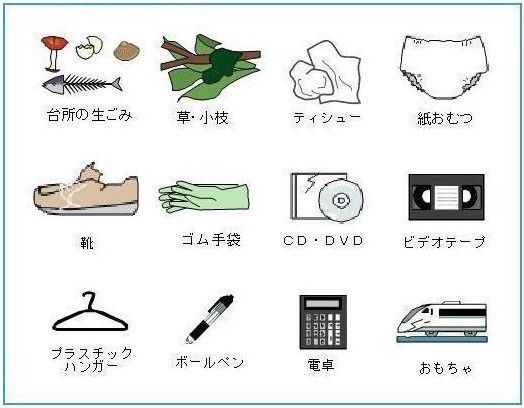
This includes:
- Food scraps (preferably dry)
- Grass, leaves, branches and other garden waste items
- Used tissues
- Used nappies/diapers
- Old shoes
- Rubber gloves
- CDs and DVDs (assuming anyone really still has any...)
- Video tapes (if you're you still using VHS, you probably won't even read this!)
- Plastic hangers (like the ones you get a 100-yen shop)
- Ball-point pens
- Calculators
- Toys
How Do I Dispose of Burnable Waste?
This will depend on your location, but many areas will have a specific refuse bag that you should use to avoid it being left behind when the garbage men come. If you live in Tokyo, Yokohama or Osaka, you are free to use transparent or translucent bags that are available in most shops. The important thing is that the contents are visible to the collectors, otherwise they may be left with a rather embarrassing hand-written note for all your neighbours to see. These bags can be found in different sizes that are measured in litres. It might be a good idea to start with a larger one until you know the best size that fits you. These bags are not free and you can buy them at your local convenience store, drug store or supermarket.
Other Rules to Consider:
- Ensure that the weight of the refuse can be carried with one hand and tie the bag up.
- Dispose of garbage regularly so as not to accumulate large amounts each time you do throw it out.
- Remove water from kitchen waste before putting in the bag.
- When disposing of cooking oil, soak it with kitchen paper towel or use a solidifier that you can buy in most supermarkets.
- Remove excrement from diapers/nappies and flush down the toilet before throwing it away.
- Soak matches and fireworks, etc. before disposal.
- Disposal of items that may contain should be kept to a minimum and placed in a separate bag before putting it in the garbage bag.
Where and Where Should I Put It?
Burnable garbage is generally collected twice a week, depending on your area. The location also varies, but if you live in a house, it will usually be collected from the street directly in front of your house. It’s also encouraged to put the garbage out on the day of collection and to use a net to cover it and stop it being poked and prodded by pesky crows who are looking for a quick and easy snack. They will make a mess and the garbage collectors won’t clean up after you and the neighbours will expect you to tidy up if that happens.


If you are in an apartment building, you’ll need to place the garbage in the designated area. This can be outside in an open space or closed cage, inside the building in a dedicated garbage disposal area, which can either be on your floor or somewhere on the ground floor, or a garbage chute on your floor. This does provide you with a bit more anonymity, but we still encourage you to separate everything properly and try and stick to the rules as best you can. Even in an apartment building, any serious breaches may get the building management to check their CCTV.
What Shouldn't I Put with Burnable Garbage?
Although I will go into more detail of Japan's recycling system in future posts, as a quick guide on what not to include in your burnable garbage, see the list below:
- Plastic bottles and caps
- Plastic containers (from ready meals, takeout, etc.)
- Clean paper (you may notice some of your neighbours putting perfectly good recycling paper in with their burnable garbage, and in most cases it will probably be collected. However, we do not recommend this. Recycle what you can – it's what the planet needs!)
- Cans
- Electronic items that are powered from the mains
- Highly flammable items such as lighters, petroleum, spray cans, etc.
- Acids and other chemicals
- Anything large that won’t fit in a bag. And no, sellotaping multiple bags together to dispose of that well-worn sofa will not work.
As much as we would love to hold your hand when throwing away your first garbage bag in Japan, it is a bit impractical, we are sure you agree. Do not feel too disheartened if the garbage men reject your refuse, but keep at it! You'll have plenty of opportunity to practise and we encourage you to follow the rules as best you can. Particularly if you live in a house, you'll most certainly have some eagle-eyed neighbours keeping a close watch on the newcomer's disposal prowess. Be considerate and show willing and it will definitely go a long way!
See you in the next one where we will go through the art of recycling.





